In the book “Cloud spotters – a meteorological history”, Gösta Arvastson, Professor Emeritus of Ethnology at the Department of Cultural Anthropology and Ethnology, tells the exciting story of the emergence of meteorology as a scientific subject and Uppsala University’s role in its emergence.
“It was an event that brought me to the clouds as a field of science. I had read Englishman, Richard Hamblyn’s book “The history of clouds, how the skies got their names” and with his comments I understood the role that Uppsala University played in the development of world meteorology in the latter part of the 1800s.”
Collaboration, the key to success
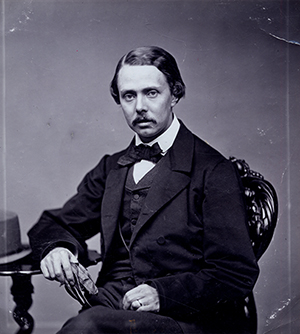 The book is based on a scientific conference in Uppsala in August 1894. The initiative for the conference came from Hugo Hildebrand Hildebrandsson, Professor of Meteorology at Uppsala University. The most important point of the conference was the classification of clouds and their Latin names.
The book is based on a scientific conference in Uppsala in August 1894. The initiative for the conference came from Hugo Hildebrand Hildebrandsson, Professor of Meteorology at Uppsala University. The most important point of the conference was the classification of clouds and their Latin names.
“Meteorology took on a special significance in the 1800s. Hildebrandsson was one of the people, who with great conviction, realised the importance of forms of cooperation between the countries and developed international meteorology.”
At the time of the conference, the prevailing idea was that the clouds were specific to a country, that is, that a cloud’s appearance would vary according to the landscape and nations and there were various proposals for the classification and naming of the clouds.
“It meant that each country was trying to solve its own problems. They had their own mathematicians, meteorologists, and astronomers, who worked for the introduction of credible meteorology, with observatories and reporters with their sights set on reliable forecasts. These experts believed for a long time, even into the eighties, that each country had its own cloud types. But the thoughts of separatism were soon put to rest. It began to become important to share information with others about what was unfolding in the skies. ”
Same cloud types worldwide
In 1873, therefore, the International Meteorological Committee was formed in Vienna.
“The formation was a great success for Hildebrandsson. He took on a leading role when it came to photographing the clouds. Several hundred of the photographs he took of clouds are still in the archives. The Uppsala researchers were one step ahead. It was now easier to meet, and the participants subsequently gathered at frequent intervals to discuss scientific matters.”
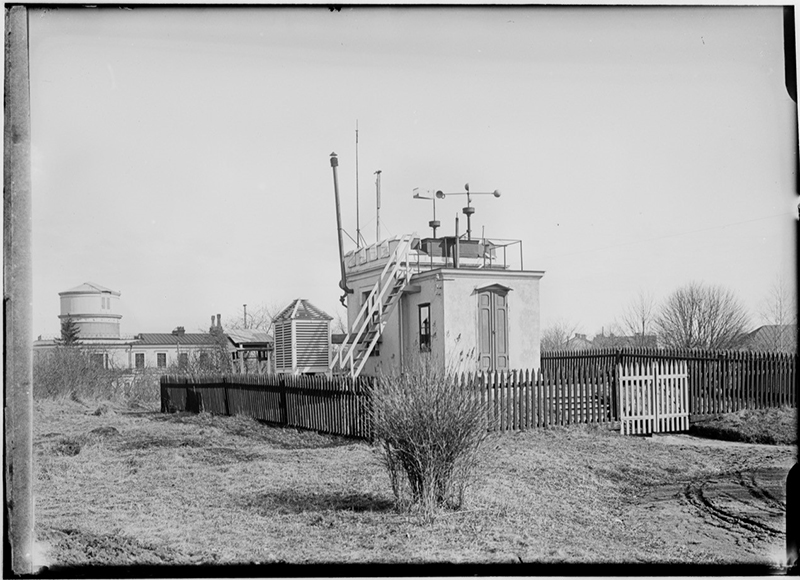
When Instrumenthuset was built in 1864, meteorology was transformed into its own field of science, separated from astrometeorology. Instrumenthuset still stands in Observatorieparken (the Observatory Park). Photo: Map and image collection, Uppsala University Library.
During a meeting in Uppsala in 1886 Hildebrandsson and Ralph Abercromby, the Royal Meteorological Society in London, became convinced that the clouds were the same all over the world. Abercromby had made two trips around the earth to photograph clouds.
The conference in Uppsala
Finally, the time was ripe to reach an agreement on a common system of classification with common names for the clouds.
“Over the course of a few days in August 1894, the world's leading meteorological expertise gathered for a conference at Uppsala University led by Professor Hugo Hildebrandsson.”
The researchers had brought images of clouds to the conference and an exhibition of three hundred images was presented in the university building. The images showed what the clouds looked like in the participants’ home countries.
Hildebrandsson had previously developed a proposal for the classification and names of the clouds based on ten basic forms, or cloud families. In the proposal, the clouds were placed in different families and genera following the example of Carl Linnaeus. He presented his proposal for classification in 1891 in a cloud atlas developed in Uppsala.
“His atlas was received amidst great rejoicing at a conference in Munich in 1891.”
The names still apply today
After voting, the conference in 1894 adopted Hildebrandsson's proposal for cloud classification.
“Swedish meteorology was at the height of its international reputation. Rarely had Swedish meteorology been talked about so much abroad, with the possible exception of Celsius and the impact of the Swedish thermometer scale during the 1700s. The conference resulted in an international rule, that the Latin name of the clouds should apply everywhere in the world. The names became permanent and still apply to this day.”
Two years after the Uppsala Conference, the first official International Cloud Atlas was published and edited by Hildebrandsson and Léon Teisserenc de Bort, high-altitude researchers from France. The World Meteorological Organization still publishes an international cloud atlas.
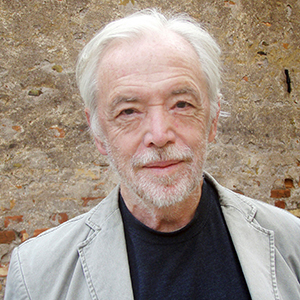 “Hildebrandsson was of great importance as a subject builder. He was one of the leading meteorologists in the international field in the later decades of the 1800s. As chairman of the International Cloud Commission, he contributed to the collaboration between the countries, and he developed the first cloud atlas in the world with the help of two Swedish female artists and some German researchers.”
“Hildebrandsson was of great importance as a subject builder. He was one of the leading meteorologists in the international field in the later decades of the 1800s. As chairman of the International Cloud Commission, he contributed to the collaboration between the countries, and he developed the first cloud atlas in the world with the help of two Swedish female artists and some German researchers.”
Gösta Arvastson, Professor Emeritus of Ethnology at the Department of Cultural Anthropology and Ethnology. Photo: Karin Arvastson.
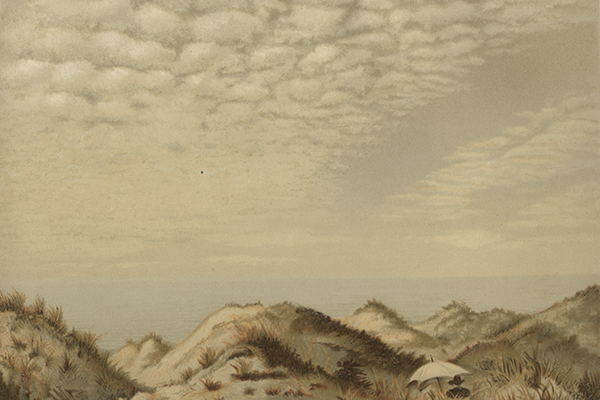
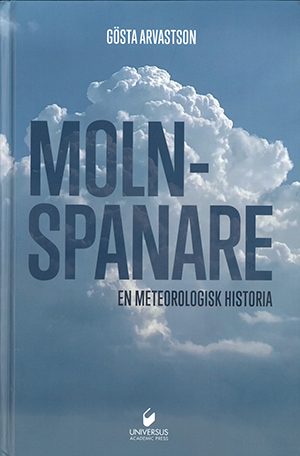 The book “Molnspanare – en meteorologisk historia” (Cloud spotters – a meteorological history) by Gösta Arvastson is published by the Universus Academic Press 2022.
The book “Molnspanare – en meteorologisk historia” (Cloud spotters – a meteorological history) by Gösta Arvastson is published by the Universus Academic Press 2022.